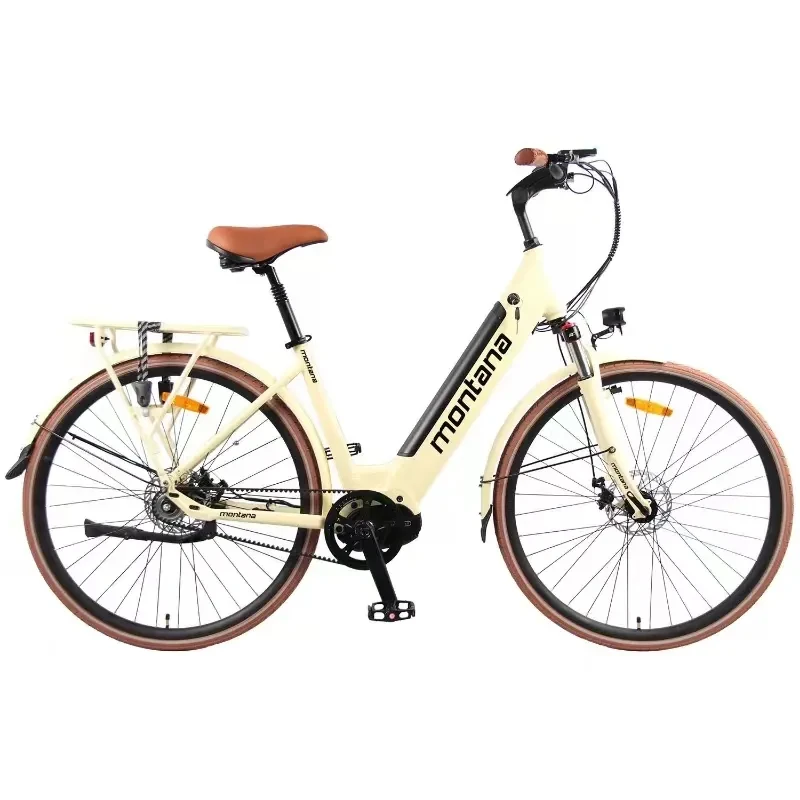Feb . 20, 2025 00:41 Back to list
derailleur for mountain bike


Installation also plays a role. While some derailleurs demand expert installation and fine-tuning, many newer models, guided by user-friendly manuals and online tutorials, encourage cyclists to undertake setup themselves. This self-sufficiency is beneficial, particularly for those biking in remote locations far from professional assistance. Indeed, price can influence choice. While top-tier derailleurs offer advanced features and precision, budget models still provide competent performance for casual cyclists. Balancing cost with functionality ensures riders get the best value in context to their biking intentions. In reviewing your riding style, whether you're an aggressive downhill rider or a cross-country enthusiast, your derailleur needs might differ. Downhill riders often need robust derailleurs that can withstand impacts and intense gear changes, while cross-country cyclists might prioritize lightweight models for efficiency and speed. Conclusively, choosing a derailleur is not merely about the technical specs but understanding how these relate to your unique riding style and terrain preferences. With options ranging from Shimano to SRAM and beyond, there’s a derailleur tailored to every need. Engaging in forums, reading reviews, and perhaps test-riding a setup can offer practical insight beyond marketing pitches. Trustworthy advice, peer reviews, and expert recommendations are invaluable, ensuring you can trust the reliability and performance of your chosen derailleur. As mountain biking continues evolving, so do components like derailleurs, relentlessly advancing to offer bikers enhanced control, durability, and riding enjoyment. Selecting the right one transforms how you connect with trails, fostering an exhilarating yet secure biking experience.
-
In-Depth Guide to Ebike Frames: Design, Use & Future Trends
NewsNov.25,2025
-
Discover Top E Bike Brand Insights, Specs & Future Trends | Yanline Bike
NewsNov.24,2025
-
Green E Bike – The Future of Sustainable Urban Mobility
NewsNov.24,2025
-
Ruffian eBike: Durable, Efficient Electric Bikes for Modern Mobility
NewsNov.23,2025
-
Comprehensive Guide to the Global E Bike Market and Future Trends
NewsNov.23,2025
-
Understanding Electric Bicycle Range: A Complete Guide for Smarter E-Bike Use
NewsNov.22,2025
-
Ceron Electric Bike – Efficient, Sustainable Urban Mobility Solutions
NewsNov.22,2025




